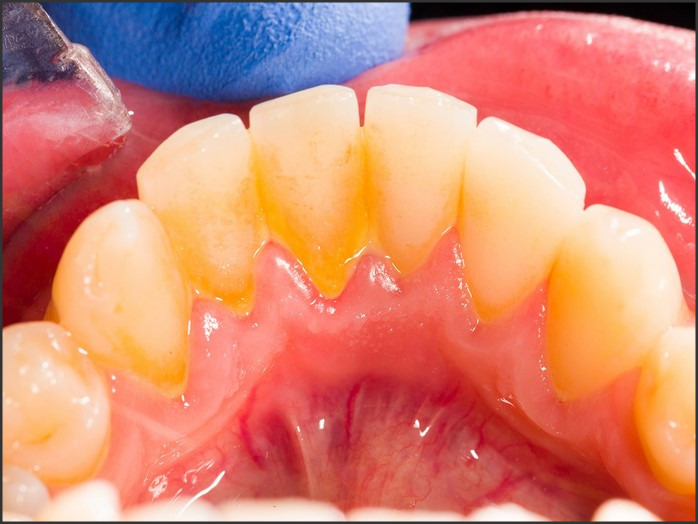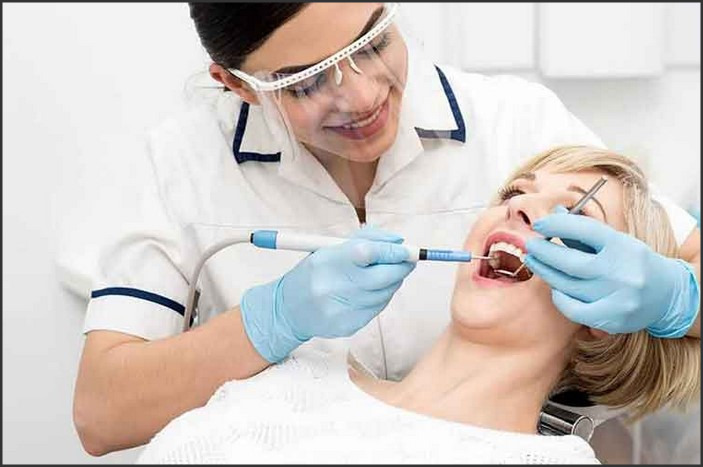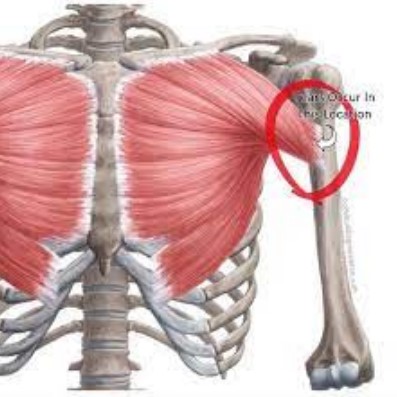 A torn pectoral muscle is a serious injury that can cause significant pain and disability. It is most commonly seen in athletes who participate in activities that involve pushing or pulling motions, such as weightlifting, football, and wrestling. The pectoral muscle is a large muscle located in the chest that helps to move the arm and shoulder. When it is torn, it can cause pain, swelling, and difficulty moving the arm. Treatment for a torn pectoral muscle typically involves rest, physical therapy, and possibly surgery. This article will discuss the causes, symptoms, and recovery strategies for a torn pectoral muscle.
A torn pectoral muscle is a serious injury that can cause significant pain and disability. It is most commonly seen in athletes who participate in activities that involve pushing or pulling motions, such as weightlifting, football, and wrestling. The pectoral muscle is a large muscle located in the chest that helps to move the arm and shoulder. When it is torn, it can cause pain, swelling, and difficulty moving the arm. Treatment for a torn pectoral muscle typically involves rest, physical therapy, and possibly surgery. This article will discuss the causes, symptoms, and recovery strategies for a torn pectoral muscle.
Understanding the Causes of a Torn Pectoral Muscle: What You Need to Know
A torn pectoral muscle is a serious injury that can cause significant pain and limit mobility. Understanding the causes of a torn pectoral muscle can help you prevent this injury and seek appropriate treatment if it does occur.
The pectoral muscles are located in the chest and are responsible for moving the arms and shoulders. A tear in the pectoral muscle can occur due to a sudden, forceful movement of the arm or shoulder, such as when lifting a heavy object or performing a strenuous activity. It can also occur due to repetitive strain, such as when performing the same motion over and over again.
In addition to sudden or repetitive strain, a torn pectoral muscle can also be caused by a direct blow to the chest. This can occur during contact sports, such as football or rugby, or during a car accident.
The symptoms of a torn pectoral muscle include pain in the chest, shoulder, and arm, as well as swelling and bruising. You may also experience difficulty moving your arm or shoulder, and you may hear a popping sound when the injury occurs.
If you suspect that you have a torn pectoral muscle, it is important to seek medical attention as soon as possible. Your doctor will be able to diagnose the injury and recommend a course of treatment. Treatment may include rest, ice, compression, and elevation, as well as physical therapy and medications to reduce pain and inflammation. In some cases, surgery may be necessary to repair the torn muscle.
By understanding the causes of a torn pectoral muscle, you can take steps to prevent this injury. Make sure to warm up before engaging in any strenuous activity, and avoid lifting heavy objects without proper form. If you do experience any pain or discomfort in your chest, shoulder, or arm, seek medical attention right away.
Diagnosing and Treating a Torn Pectoral Muscle: Symptoms and Recovery Strategies
A torn pectoral muscle can be a painful and debilitating injury. It is important to recognize the symptoms of a torn pectoral muscle and to seek medical attention as soon as possible. With proper diagnosis and treatment, a full recovery is possible.
Symptoms
The most common symptom of a torn pectoral muscle is sudden, sharp pain in the chest area. This pain may be accompanied by swelling, bruising, and difficulty moving the arm. Other symptoms may include a popping sensation in the chest, numbness, and weakness in the arm.
Diagnosis
If you suspect you have a torn pectoral muscle, it is important to seek medical attention. Your doctor will likely perform a physical exam and ask questions about your symptoms. Imaging tests such as an X-ray or MRI may also be used to confirm the diagnosis.
Treatment
Treatment for a torn pectoral muscle will depend on the severity of the injury. In mild cases, rest and physical therapy may be enough to promote healing. In more severe cases, surgery may be necessary to repair the muscle.
Recovery Strategies
Once the injury has been treated, it is important to follow a rehabilitation program to ensure a full recovery. This may include physical therapy, stretching, and strengthening exercises. It is also important to rest and avoid activities that could aggravate the injury.
Conclusion
A torn pectoral muscle can be a painful and debilitating injury. It is important to recognize the symptoms and seek medical attention as soon as possible. With proper diagnosis and treatment, a full recovery is possible with the help of a rehabilitation program.Torn pectoral muscles can be a painful and debilitating injury, but with proper diagnosis and treatment, recovery is possible. Physical therapy, rest, and proper nutrition are all important components of a successful recovery. It is important to follow the advice of your doctor and physical therapist to ensure a safe and successful recovery. With the right care and attention, you can return to your normal activities and enjoy a full and healthy life.
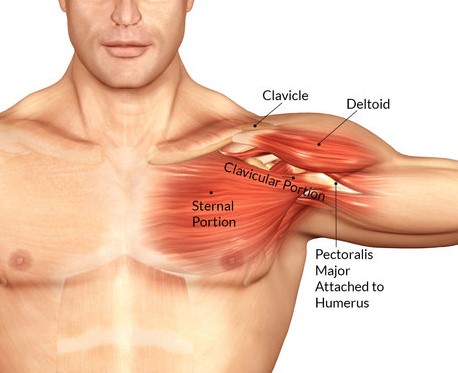 Torn Pec Recovery is a comprehensive guide to rehabilitation and healing after a pectoral muscle injury. It provides detailed information on the causes, diagnosis, and treatment of pectoral muscle injuries, as well as advice on how to prevent them in the future. It also offers practical tips on how to manage the pain and discomfort associated with a pectoral muscle injury, as well as how to speed up the healing process. With the help of Torn Pec Recovery, you can get back to your active lifestyle in no time.
Torn Pec Recovery is a comprehensive guide to rehabilitation and healing after a pectoral muscle injury. It provides detailed information on the causes, diagnosis, and treatment of pectoral muscle injuries, as well as advice on how to prevent them in the future. It also offers practical tips on how to manage the pain and discomfort associated with a pectoral muscle injury, as well as how to speed up the healing process. With the help of Torn Pec Recovery, you can get back to your active lifestyle in no time.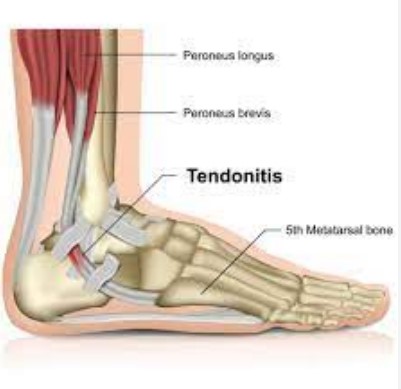 Torn ligaments in the top of the foot can be a painful and debilitating injury. The top of the foot is a complex area of the body, and the ligaments that support it can be easily damaged. Common causes of a torn ligament in the top of the foot include sports injuries, falls, and overuse. Treatment for a torn ligament in the top of the foot typically involves rest, ice, compression, and elevation. In some cases, surgery may be necessary. This article will discuss the causes of a torn ligament in the top of the foot, as well as recovery tips to help you heal quickly and safely.
Torn ligaments in the top of the foot can be a painful and debilitating injury. The top of the foot is a complex area of the body, and the ligaments that support it can be easily damaged. Common causes of a torn ligament in the top of the foot include sports injuries, falls, and overuse. Treatment for a torn ligament in the top of the foot typically involves rest, ice, compression, and elevation. In some cases, surgery may be necessary. This article will discuss the causes of a torn ligament in the top of the foot, as well as recovery tips to help you heal quickly and safely. When a loved one experiences a stroke, the journey to recovery often extends beyond the hospital stay. Providing care at home becomes essential, with unique challenges and responsibilities. Here are some important tips to guide you in offering practical and compassionate stroke recovery care in the comfort of your home.
When a loved one experiences a stroke, the journey to recovery often extends beyond the hospital stay. Providing care at home becomes essential, with unique challenges and responsibilities. Here are some important tips to guide you in offering practical and compassionate stroke recovery care in the comfort of your home. Quick cold sore remedies are a great way to provide relief from the discomfort of oral herpes. Cold sores, also known as fever blisters, are caused by the herpes simplex virus and can be painful and embarrassing. Fortunately, there are a variety of remedies available that can help reduce the severity of symptoms and speed up the healing process. This article will provide an overview of some of the most effective quick cold sore remedies, including home remedies, over-the-counter medications, and prescription medications. With the right treatment, you can find relief from your cold sore symptoms and get back to feeling your best.
Quick cold sore remedies are a great way to provide relief from the discomfort of oral herpes. Cold sores, also known as fever blisters, are caused by the herpes simplex virus and can be painful and embarrassing. Fortunately, there are a variety of remedies available that can help reduce the severity of symptoms and speed up the healing process. This article will provide an overview of some of the most effective quick cold sore remedies, including home remedies, over-the-counter medications, and prescription medications. With the right treatment, you can find relief from your cold sore symptoms and get back to feeling your best.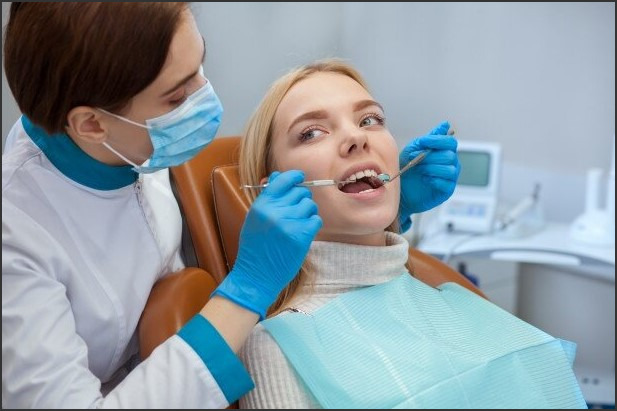

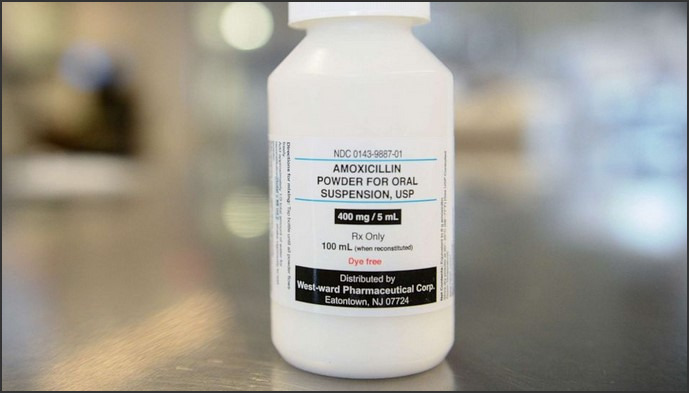
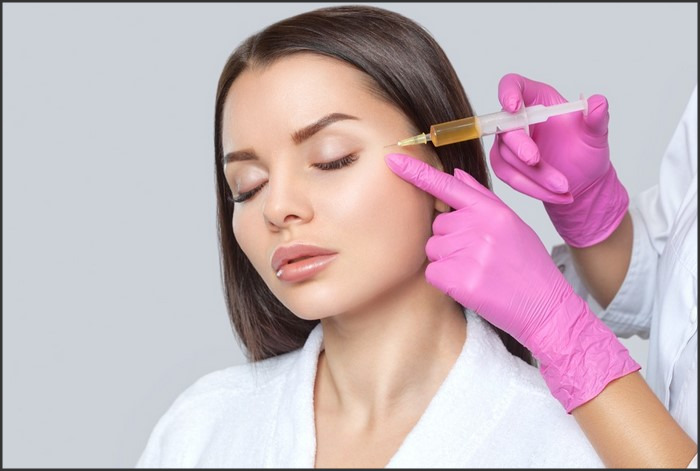
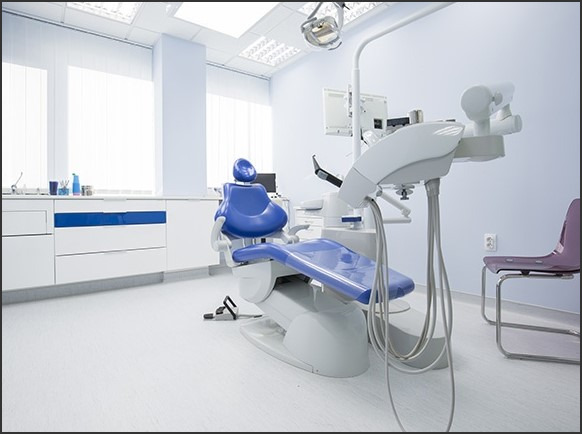 The American Board of Prosthodontics (ABP) is a professional organization dedicated to promoting excellence in the field of prosthodontics. Established in 1975, the ABP is the only certifying board recognized by the American Dental Association (ADA) for the specialty of prosthodontics. The ABP is committed to providing the highest standards of care for patients and to advancing the specialty of prosthodontics through rigorous credentialing and continuing education. The ABP is dedicated to promoting the highest quality of care for patients and to advancing the specialty of prosthodontics through credentialing and continuing education. The ABP is committed to providing the highest standards of care for patients and to advancing the specialty of prosthodontics through rigorous credentialing and continuing education.
The American Board of Prosthodontics (ABP) is a professional organization dedicated to promoting excellence in the field of prosthodontics. Established in 1975, the ABP is the only certifying board recognized by the American Dental Association (ADA) for the specialty of prosthodontics. The ABP is committed to providing the highest standards of care for patients and to advancing the specialty of prosthodontics through rigorous credentialing and continuing education. The ABP is dedicated to promoting the highest quality of care for patients and to advancing the specialty of prosthodontics through credentialing and continuing education. The ABP is committed to providing the highest standards of care for patients and to advancing the specialty of prosthodontics through rigorous credentialing and continuing education.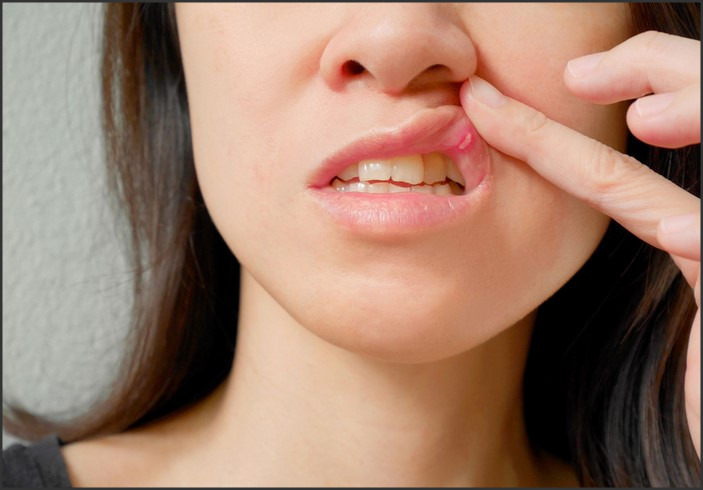
 Blood clots are a serious medical condition that can lead to life-threatening complications if left untreated. Treatment for blood clots depends on the type and severity of the clot, as well as the patient’s overall health. Medical interventions such as anticoagulant medications, thrombolytic therapy, and catheter-directed thrombolysis can be used to treat blood clots. In addition, lifestyle changes such as quitting smoking, exercising regularly, and eating a healthy diet can help reduce the risk of developing blood clots. This article will discuss the various medical interventions and lifestyle changes that can be used to treat and prevent blood clots.
Blood clots are a serious medical condition that can lead to life-threatening complications if left untreated. Treatment for blood clots depends on the type and severity of the clot, as well as the patient’s overall health. Medical interventions such as anticoagulant medications, thrombolytic therapy, and catheter-directed thrombolysis can be used to treat blood clots. In addition, lifestyle changes such as quitting smoking, exercising regularly, and eating a healthy diet can help reduce the risk of developing blood clots. This article will discuss the various medical interventions and lifestyle changes that can be used to treat and prevent blood clots.